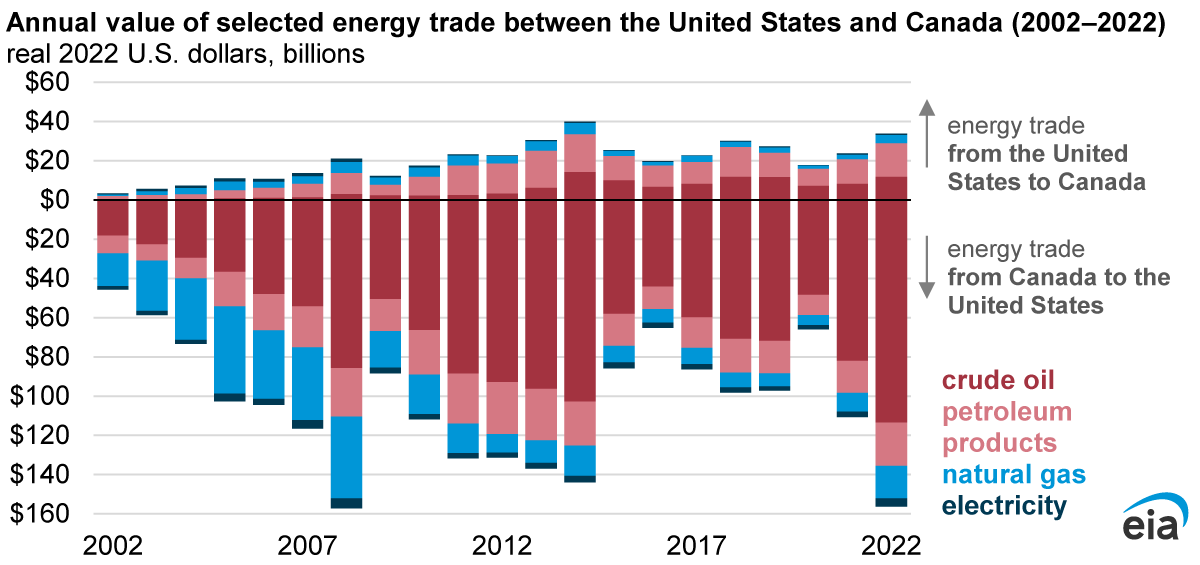US Energy Policy Shift: Assessing The Risks Of Higher Energy Prices For Consumers

Table of Contents
- Increased Reliance on Renewable Energy Sources
- Transition Challenges and Costs
- Subsidies and Tax Credits
- Impact on the Fossil Fuel Industry and Energy Independence
- Reduced Domestic Production and Increased Imports
- Job Losses and Economic Impacts
- Consumer Impacts and Mitigation Strategies
- Rising Energy Bills and Budget Constraints
- Energy Efficiency and Conservation Measures
- Conclusion
Increased Reliance on Renewable Energy Sources
The transition to a cleaner energy future, heavily reliant on renewable energy sources like solar and wind power, presents significant hurdles. While crucial for environmental sustainability, this US energy policy shift toward renewables poses immediate challenges that translate directly into higher energy costs for consumers.
Transition Challenges and Costs
Shifting away from fossil fuels is not a simple switch. The intermittent nature of solar and wind power, coupled with the need for extensive grid modernization and energy storage solutions, presents considerable challenges.
- Increased upfront costs of renewable energy installations: Building solar farms and wind turbines requires substantial initial investment, driving up electricity generation costs.
- Potential job displacement in fossil fuel industries: The decline of the fossil fuel sector can lead to job losses in mining, drilling, and refining, impacting local economies.
- Grid instability concerns: Integrating intermittent renewable energy sources into the existing grid requires significant upgrades to ensure reliable electricity supply, adding further costs.
These challenges translate into higher energy bills for consumers. The cost of upgrading infrastructure, coupled with the fluctuating output of renewable sources requiring backup power generation, inevitably leads to increased electricity prices and potential surcharges.
Subsidies and Tax Credits
Government subsidies and tax credits play a crucial role in accelerating the adoption of renewable energy technologies. However, their effectiveness and long-term impact on consumer energy prices remain a subject of debate.
- Effectiveness of current incentives: While incentives like tax credits encourage renewable energy investment, their effectiveness in lowering consumer energy prices is not always immediate or guaranteed.
- Potential for increased taxes to fund subsidies: Subsidizing renewable energy often requires increased taxation, potentially offsetting any savings consumers might realize from lower energy prices in the long run.
- Concerns about equity and fairness in subsidy distribution: Ensuring equitable access to subsidies and avoiding undue benefit to specific sectors or individuals is a crucial challenge.
Therefore, while subsidies aim to make renewable energy more affordable, their long-term effect on consumer energy prices is complex and depends heavily on implementation and the scale of investment.
Impact on the Fossil Fuel Industry and Energy Independence
The US energy policy shift's impact extends to the fossil fuel industry, with implications for domestic energy production and energy independence.
Reduced Domestic Production and Increased Imports
Restricting fossil fuel production to meet climate goals may lead to decreased domestic energy supply. This increased reliance on foreign energy sources exposes the US to significant risks.
- Increased vulnerability to global energy price fluctuations: Dependence on international markets makes energy prices susceptible to global events and political instability.
- Potential for supply chain disruptions: Geopolitical tensions or unforeseen events can disrupt the supply of imported energy, leading to shortages and price spikes.
- Geopolitical risks associated with reliance on foreign energy: Reliance on foreign energy sources can create geopolitical vulnerabilities and dependence on potentially unstable regimes.
These factors contribute to higher and more volatile energy prices for consumers, leaving them vulnerable to unexpected increases in their energy bills. For example, the recent global energy crisis highlighted the vulnerability of nations heavily reliant on imported energy.
Job Losses and Economic Impacts
A rapid transition away from fossil fuels carries the risk of significant job losses and economic disruption, particularly in regions heavily dependent on the fossil fuel industry.
- Job displacement in mining, drilling, refining, and transportation: These sectors face potential decline, leading to unemployment and economic hardship in affected communities.
- Economic impact on communities heavily reliant on the fossil fuel industry: Towns and cities whose economies are built around fossil fuel extraction and processing face potentially devastating economic consequences.
While the transition to renewable energy is essential, careful planning and investment in retraining programs and economic diversification are crucial to mitigate the negative economic impacts and prevent exacerbating existing social inequalities. Government support for affected communities is vital to prevent increased pressure on consumers already struggling with higher energy prices.
Consumer Impacts and Mitigation Strategies
The US energy policy shift directly translates into higher energy costs for consumers, impacting household budgets and potentially leading to energy poverty.
Rising Energy Bills and Budget Constraints
Increased energy prices disproportionately affect low-income families, placing additional strain on their already limited resources.
- Increased strain on household finances: Higher energy bills reduce disposable income, limiting spending on other necessities.
- Reduced disposable income: Families may be forced to cut back on essential goods and services to afford their energy bills.
- Potential for energy poverty: Higher energy prices can push vulnerable households into energy poverty, where they struggle to afford heating and electricity.
Addressing the socioeconomic consequences of rising energy prices requires targeted assistance programs and policies designed to protect vulnerable populations.
Energy Efficiency and Conservation Measures
Consumers can lessen the impact of rising energy prices through energy efficiency improvements and conservation efforts.
- Home insulation upgrades: Improving home insulation reduces heating and cooling costs.
- Energy-efficient appliances: Using energy-star certified appliances can significantly lower energy consumption.
- Behavioral changes to reduce energy consumption: Simple changes like turning off lights and unplugging electronics can make a difference.
Governments can further support these efforts through incentives, rebates, and educational campaigns promoting energy efficiency and conservation. Many utilities also offer programs to help consumers upgrade their homes and reduce their energy consumption.
Conclusion
The US energy policy shift presents significant risks of higher energy prices for consumers, impacting their budgets and well-being. The transition to renewable energy, while environmentally necessary, poses immediate challenges related to infrastructure costs, grid stability, and potential job displacement in the fossil fuel sector. Increased reliance on foreign energy sources also heightens vulnerability to global price fluctuations and geopolitical instability. While subsidies and tax credits aim to offset the costs of renewable energy, their effectiveness and equity remain crucial considerations. Understanding the complexities of these US energy policy changes is crucial for every consumer. Stay informed, advocate for responsible energy policies that balance environmental goals with economic realities, and take steps to reduce your energy consumption to mitigate the risks of higher energy prices. Support initiatives promoting energy efficiency and sustainable energy solutions to ensure a more affordable and secure energy future for all Americans.

 May 2025 Air Jordans Release Dates And Where To Buy
May 2025 Air Jordans Release Dates And Where To Buy
 Is 29 Million Enough Ufc Veteran Weighs In On Jon Joness Next Fight
Is 29 Million Enough Ufc Veteran Weighs In On Jon Joness Next Fight
 All The Air Jordans Dropping In June 2025
All The Air Jordans Dropping In June 2025
 Experience Gorillaz House Of Kong London Copper Box Arena Exhibition
Experience Gorillaz House Of Kong London Copper Box Arena Exhibition
 Vehicle On Its Side Des Moines Police Investigating Crash Scene
Vehicle On Its Side Des Moines Police Investigating Crash Scene
